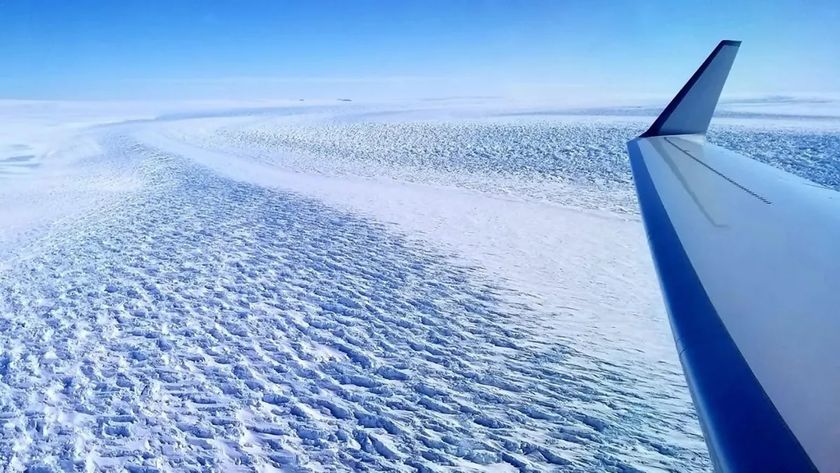Sinking River Deltas Threaten Millions
Most of the world's low-lying river deltas are sinking due to human activity, making them increasingly vulnerable to flooding from rivers and ocean storms and putting tens of millions of people at risk, a new study finds.
Researchers have long warned that the mass human migration to coastal areas in recent decades puts more and more people at risk of death from major storms. About 500 million people in the world live on river deltas.
A 2007 Intergovernmental Panel on Climate Change report, which concluded that many river deltas are at risk from sea level rise. The new study indicates other human factors are causing deltas to sink significantly.
Why? The sinking of deltas from Asia and India to the Americas is made worse by the upstream trapping of sediments by reservoirs and dams, man-made channels and levees that whisk sediment into the oceans beyond coastal floodplains, and the accelerated compacting of floodplain sediment caused by the extraction of groundwater and natural gas, the scientists say.
Clear example
New Orleans is one example of a city that sits in a sinking delta, a problem known long before the city was ravaged by hurricane Katrina.
The new study, led by professor James Syvitski at the University of Colorado at Boulder, concluded that 24 out of the world's 33 major deltas are sinking and that 85 percent experienced severe flooding in recent years, resulting in the temporary submergence of roughly 100,000 square miles of land.
Sign up for the Live Science daily newsletter now
Get the world’s most fascinating discoveries delivered straight to your inbox.
The results were detailed in the Sept. 20 issue of the journal Nature Geoscience. The study is part of a $4.2 million effort funded by the National Science Foundation to model large-scale global processes on Earth like erosion and flooding. Hundreds of scientists from dozens of federal labs and universities around the nation are involved.
Syvitski and colleagues predict that global delta flooding could increase by 50 percent under current projections of about 18 inches in sea level rise by the end of the century, as forecast by the 2007 Intergovernmental Panel on Climate Change report. The flooding will increase even more if the capture of sediments upstream from deltas by reservoirs and other water diversion projects persists and prevents the growth and buffering of the deltas, according to the study.
"We argue that the world's low-lying deltas are increasingly vulnerable to flooding, either from their feeding rivers or from ocean storms," said CU-Boulder Research Associate Albert Kettner, a co-author on the study. "This study shows there are a host of human-induced factors that already cause deltas to sink much more rapidly than could be explained by sea level alone."
Storm surges
The team used satellite data from NASA's Shuttle Radar Topography Mission, which carried a bevy of radar instruments that swept more than 80 percent of Earth's surface during a 12-day mission of the space shuttle Endeavour in 2000. The researchers compared the SRTM data with historical maps published between 1760 and 1922.
"Every year, about 10 million people are being affected by storm surges," said CU-Boulder's Overeem, also an INSTAAR researcher and CSDMS scientist. "Hurricane Katrina may be the best example that stands out in the United States, but flooding in the Asian deltas of Irrawaddy in Myanmar and the Ganges-Brahmaputra in India and Bangladesh have recently claimed thousands of lives as well."
The researchers predict that similar disasters could potentially occur in the Pearl River delta in China and the Mekong River delta in Vietnam, where thousands of square miles are below sea level and the regions are hit by periodic typhoons.
"Although humans have largely mastered the everyday behavior of lowland rivers, they seem less able to deal with the fury of storm surges that can temporarily raise sea level by three to 10 meters (10 to 33 feet)," wrote the study authors. "It remains alarming how often deltas flood, whether from land or from sea, and the trend seems to be worsening."
- Natural Disasters: Top 10 U.S. Threats
- The Worst Natural Disasters Ever
- Top 10 Ways to Destroy Earth











